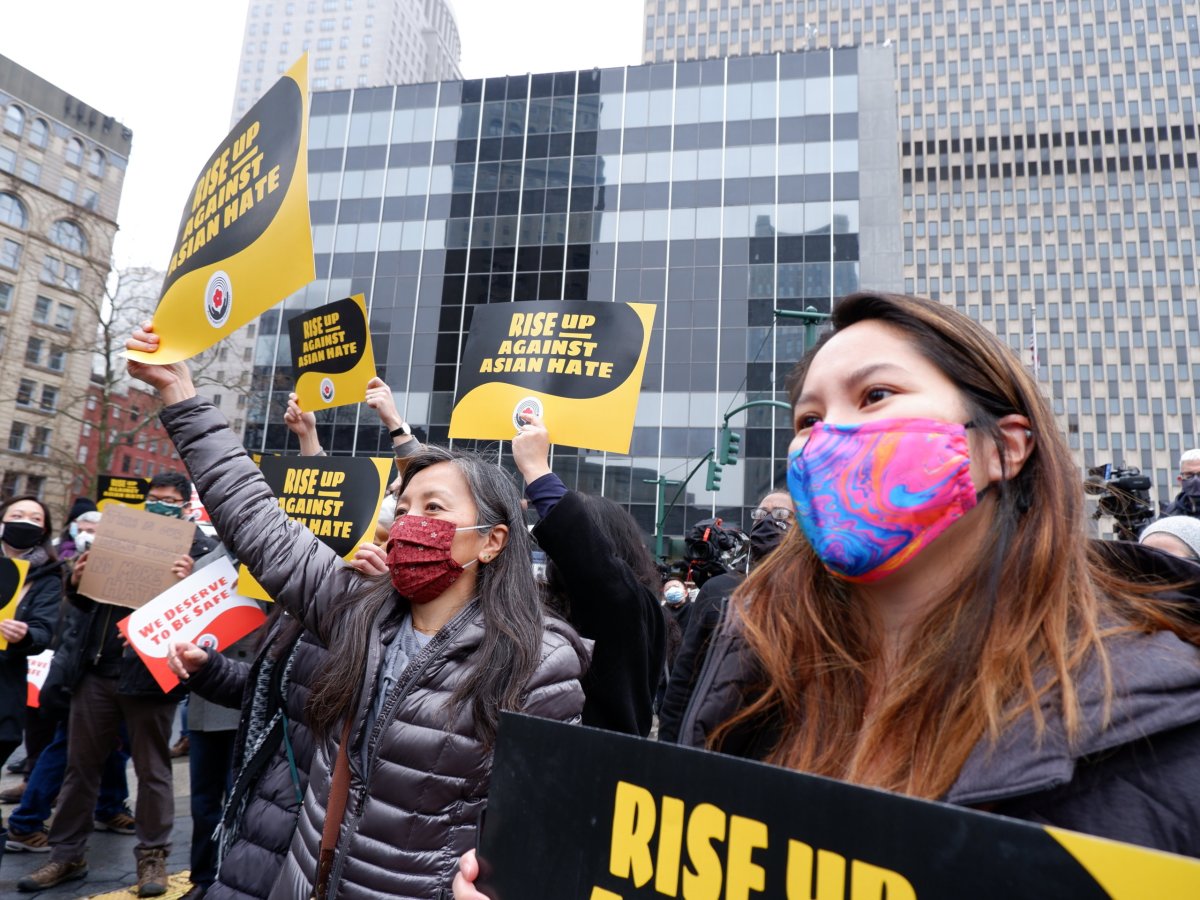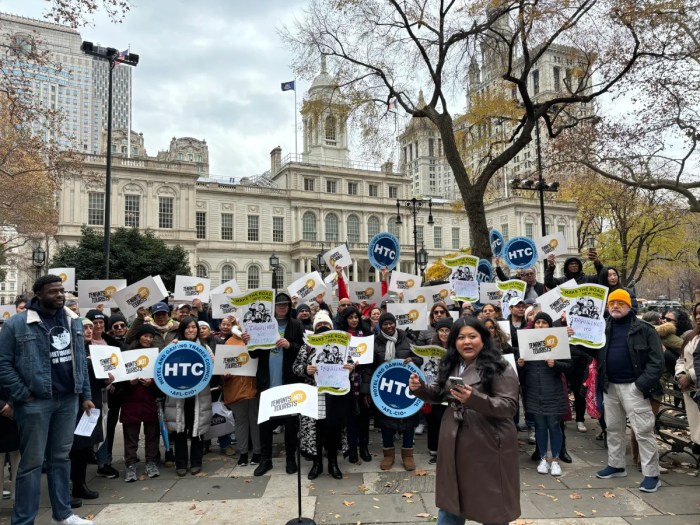With term limits creating 32 open races in the upcoming 2021 elections for New York City Council, the Asian American Federation (AAF) has released its briefing paper, “Expanding Communities, Expanding Needs,” to increase awareness of the changing Asian populations in all 51 city council districts.
“We put out the briefing paper on the Asian communities by City Council districts to help inform current City Council members as well as those running for council seats about the demographic changes happening among Asian American communities across the city,” said Howard Shih, research and policy director of AAF. “We highlight the challenges for Asian communities regarding language access, poverty and access to social services.”
AAF’s briefing paper covers data on the growth of the Asian population, ethnic breakdowns, and the key social and economic indicators for the Asian population in each district. According to AAF’s report, the Asian population continues to grow and is expanding outside of the traditional enclaves, noting that Asian New Yorkers are a vital part of the city and contribute to communities, businesses and essential services.
The paper also notes the ethnic diversity of the Asian population and their different settlement patterns across council districts and the five boroughs. Eight different ethnic groups represent the majority of Asian New Yorkers: Chinese, Indian, Korean, Filipino, Bangladeshi, Pakistani, Japanese and Taiwanese. Smaller communities such as Sri Lankans, Vietnamese, Thai and Nepalese also live in population clusters across the city.
Councilman Peter Koo, who represents Council District 20 centered in Flushing with the largest Asian population, said the report shows the Asian community in New York City is experiencing an unprecedented growth like never before. Along with that population, Koo said, the report highlights several unrealized needs within the community ranging from language capacity to senior services.
“As we continue to grow, we need to take stock of both our population and underserved community programs so that we can ensure the Asian population is not left behind as our government makes decisions regarding policy, social services and resources,” Koo said.
According to AAF’s findings, in 28 out of 51 City Council districts, Asians make up 10 percent or more of the residents. With Asian New Yorkers living in all corners of the city, the government must make investments to help Asian-led community-based organizations extend their geographic reach to serve Asian immigrants throughout the city.
Nearly half of the city’s Asian population is considered limited English proficient (LEP), and rates are especially high in Council districts with large Asian populations, such as in District 20 in Queens. Without language services, according to AAF, almost half of the city’s Asian population will find it difficult to access city services and understand important information such as how to sign up for vaccines, who is running for elected office, and how to stay safe in light of rising anti-Asian violence.
As poverty remains a major issue for Asian New Yorkers, AAF says the city must invest in alternative social support services, like community food pantries and immigrant integration services that are accessible by vulnerable members of the community like undocumented immigrants.
One in four Asians live in poverty in 32 out of 51 Council districts. Meanwhile, food stamp/SNAP assistance rates in the same districts are also comparatively lower for Asians, indicating barriers to accessing services and benefits, according to AAF.
Age demographics in the Asian population are also shifting across Council districts.
Manhattan’s Chinatown, in District 1, is home to a growing Asian senior population. At the same time, children make up a significant share of the Asian population across Council districts in Brooklyn and Queens. As demographics of the Asian community shift, AAF says it’s important that the city government refocus the delivery of services to meet the growing demands for education and services for children and seniors.
Queens Councilmen Barry Grodenchik and James Gennaro said they’re grateful to the Asian American Federation for their research on a critical issue.
While there is a horrific spike in violence against the Asian American community related to the coronavirus, Grodenchik said AAF is “providing critical information that demonstrates Asian Americans’ centrality and vitality in the fabric of communities across the city.”
Gennaro, who represents the 24th Council District in Queens, which is among the top five council districts with regard to the Asian population, said the rich cultural heritage of the many large and diverse Asian communities he represents makes the district “THE beacon of Asian diversity for the entire city.”
“Our community is a tapestry of many Asian cultures and faiths and traditions, and is an exemplar of all that the Asian-Amerian people contribute to our city. I am so grateful to the Asian American Federation for advocating for all Asian-American cultures. I am proud to partner with you,” Gennaro said.
Councilwoman Margaret Chin, a representative of District 1 in lower Manhattan, said the Asian community in New York City is extremely diverse and encompasses a wide array of languages, ethnicities and traditions. For each demographic, according to Chin, there is a specific way in which the city can make a positive impact in that community.
“Historically, immigrant populations face socioeconomic barriers exacerbated by poverty and lack of language access, and Asian communities are no exception,” Chin said. “New York City was built by immigrants and is one of the most diverse cities in the world. Investing in language accessibility is the key to the growth and success of our Asian and immigrant communities.”





































